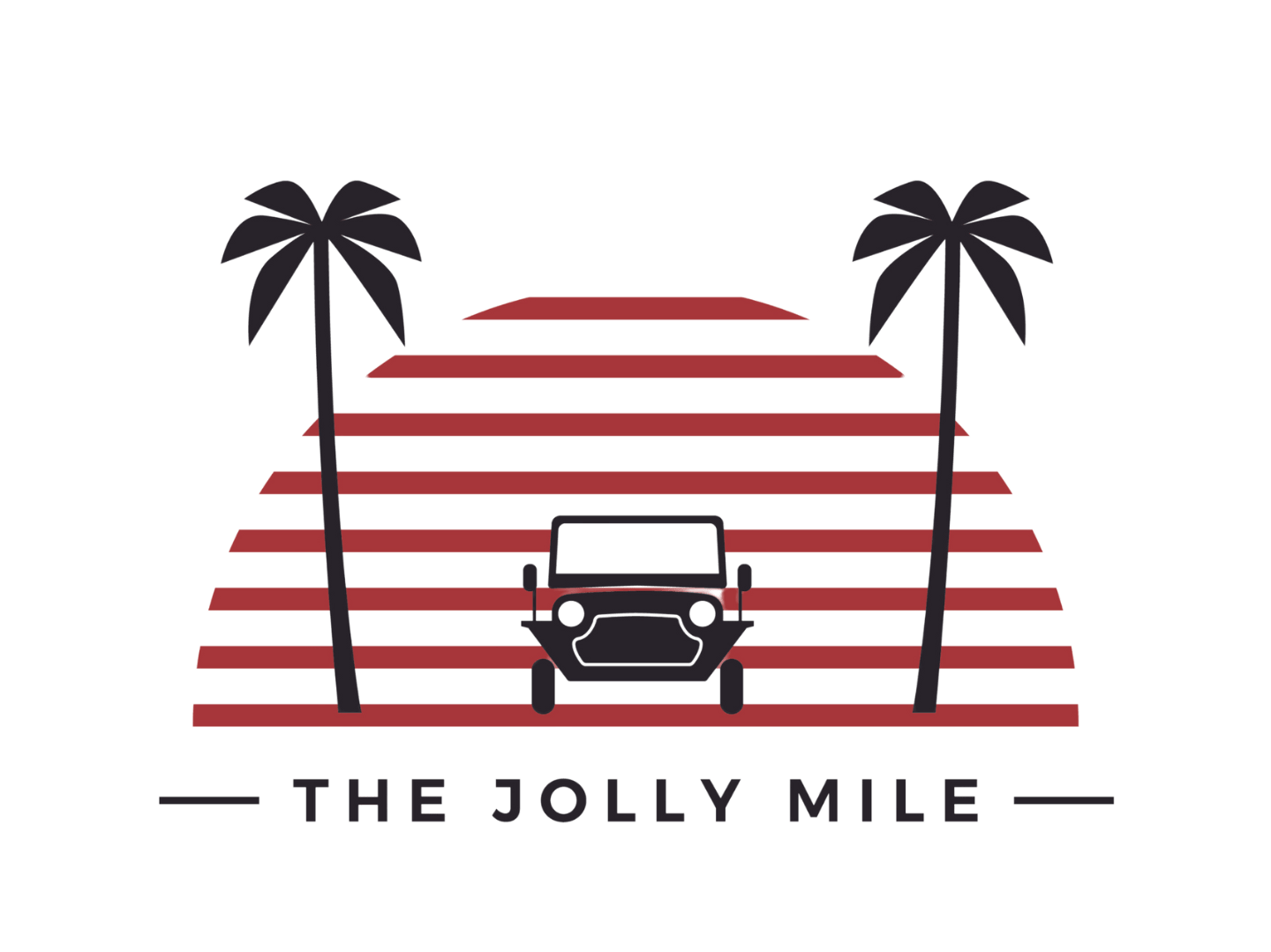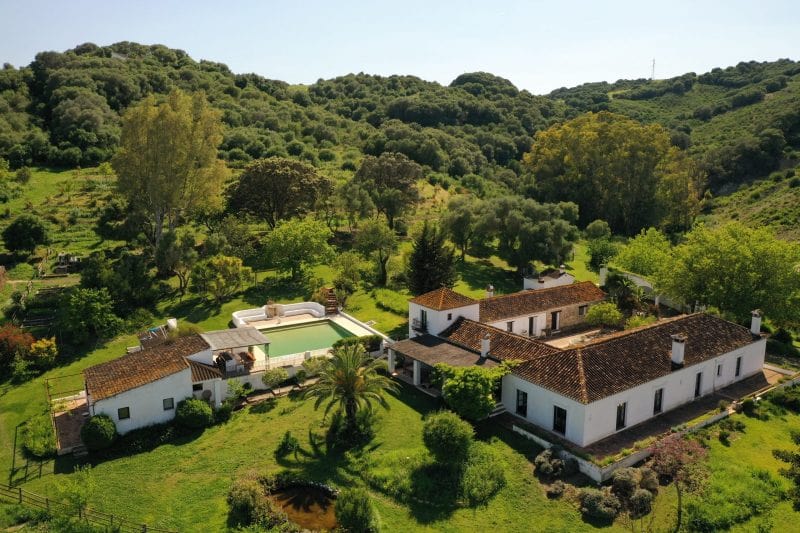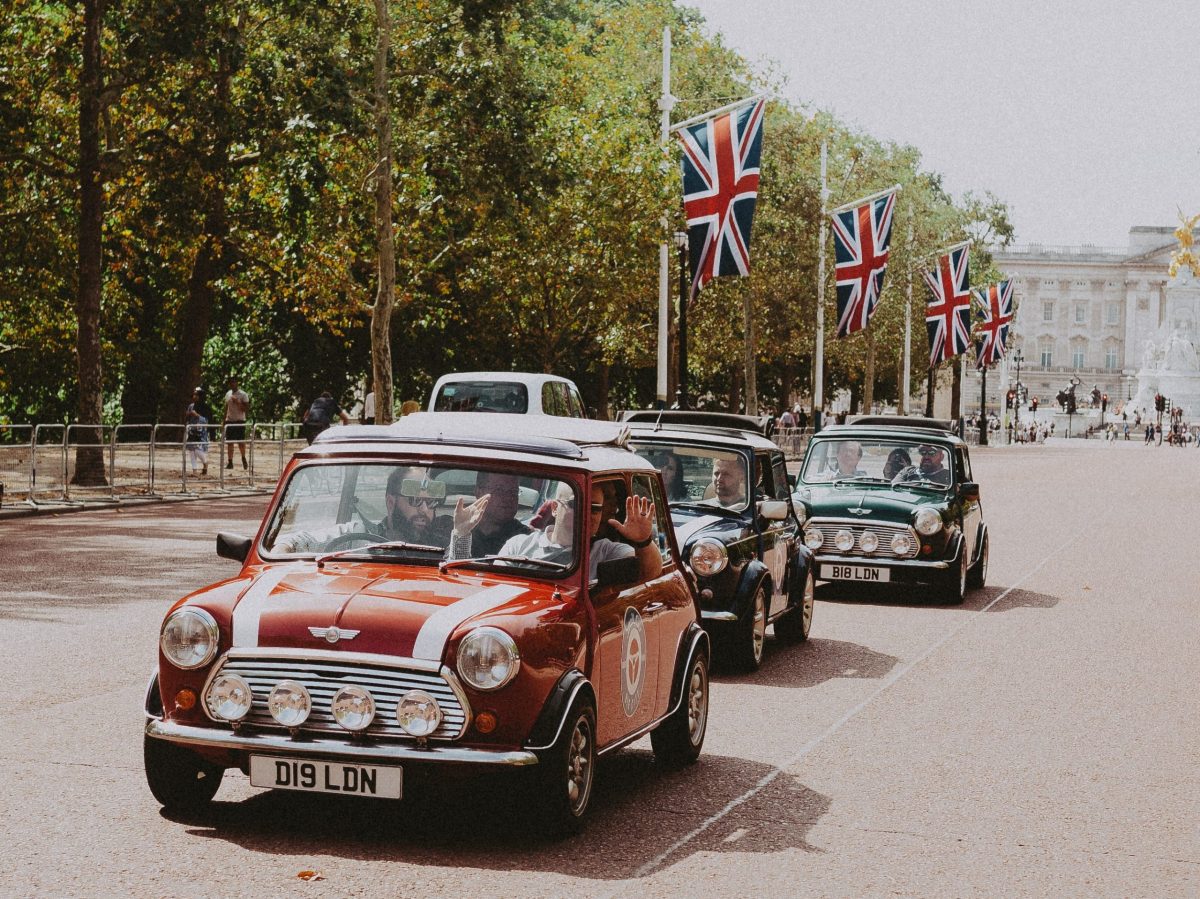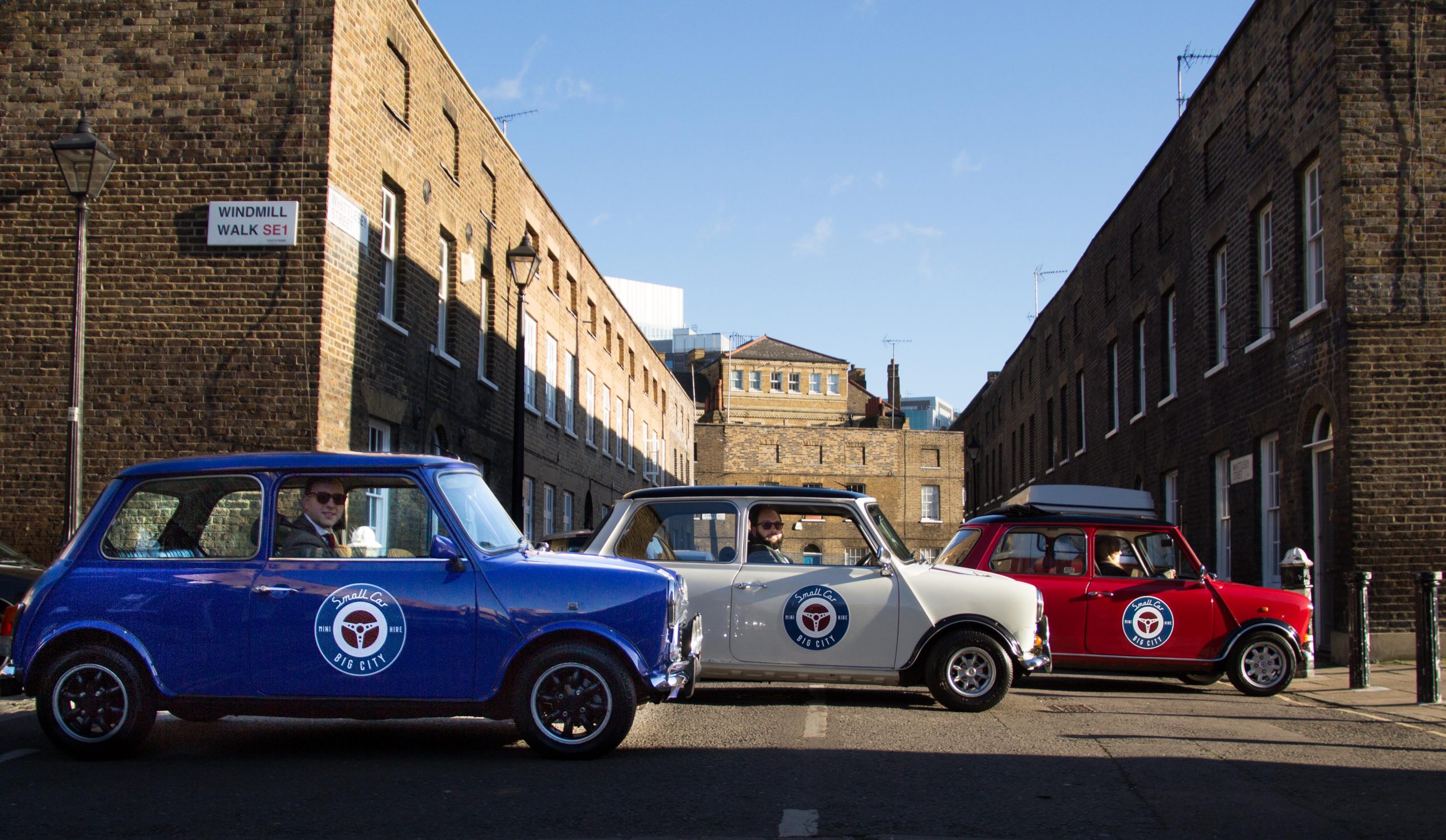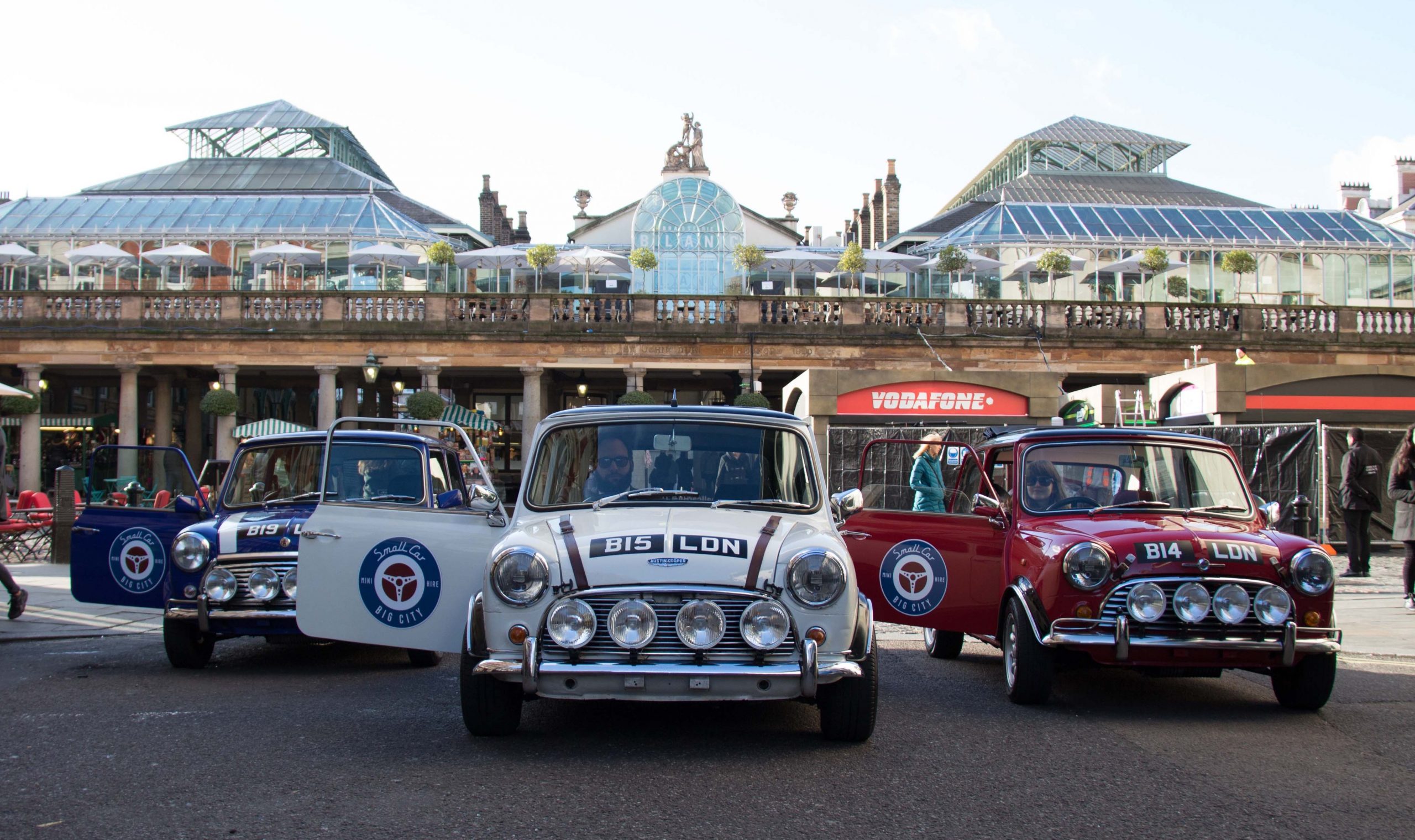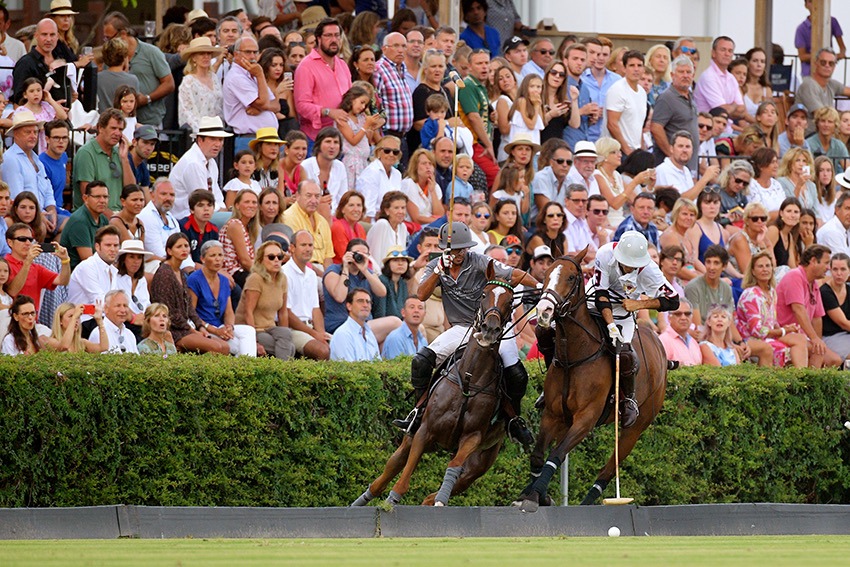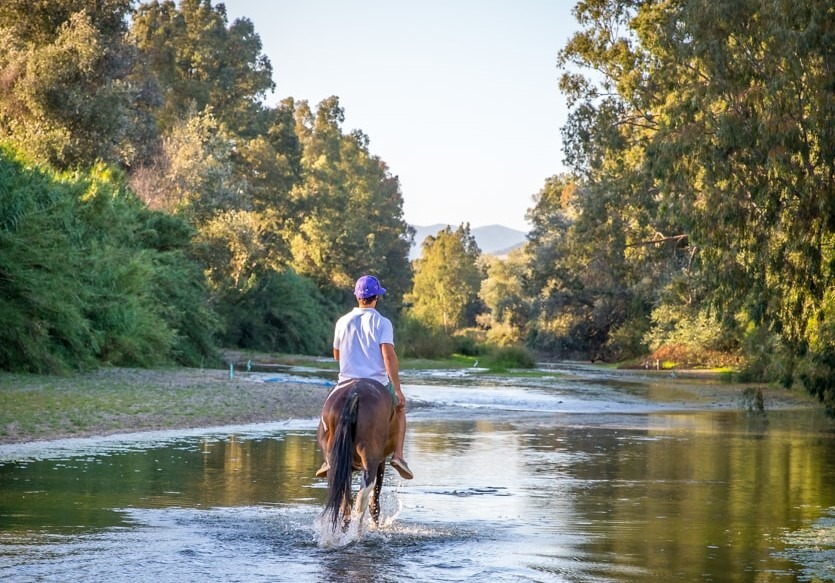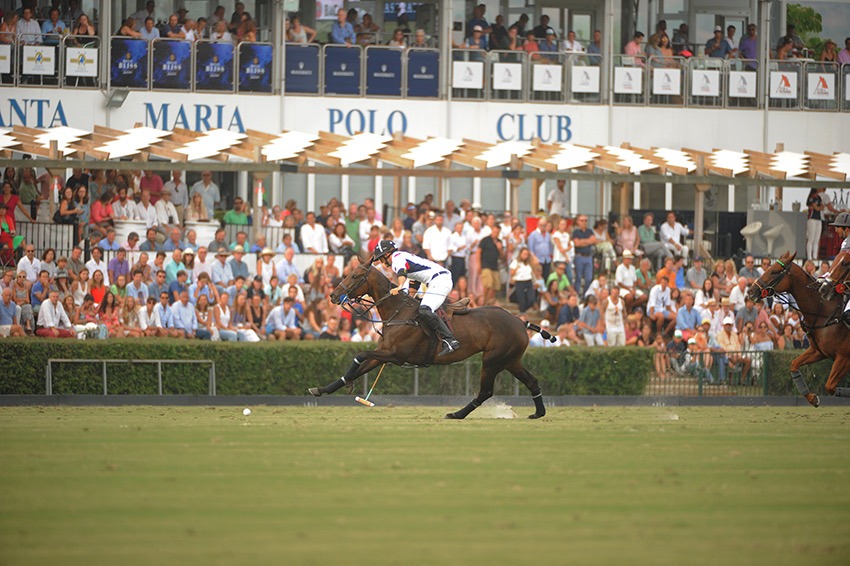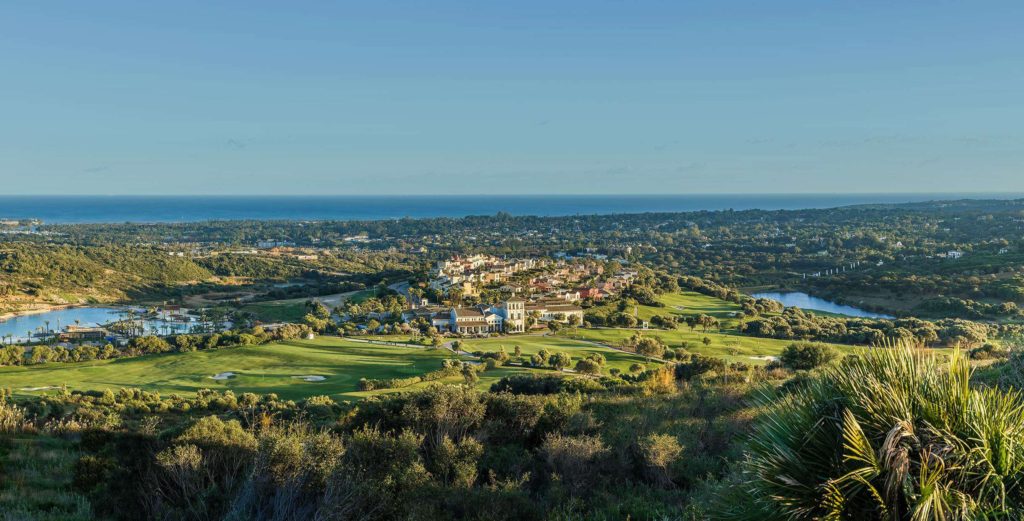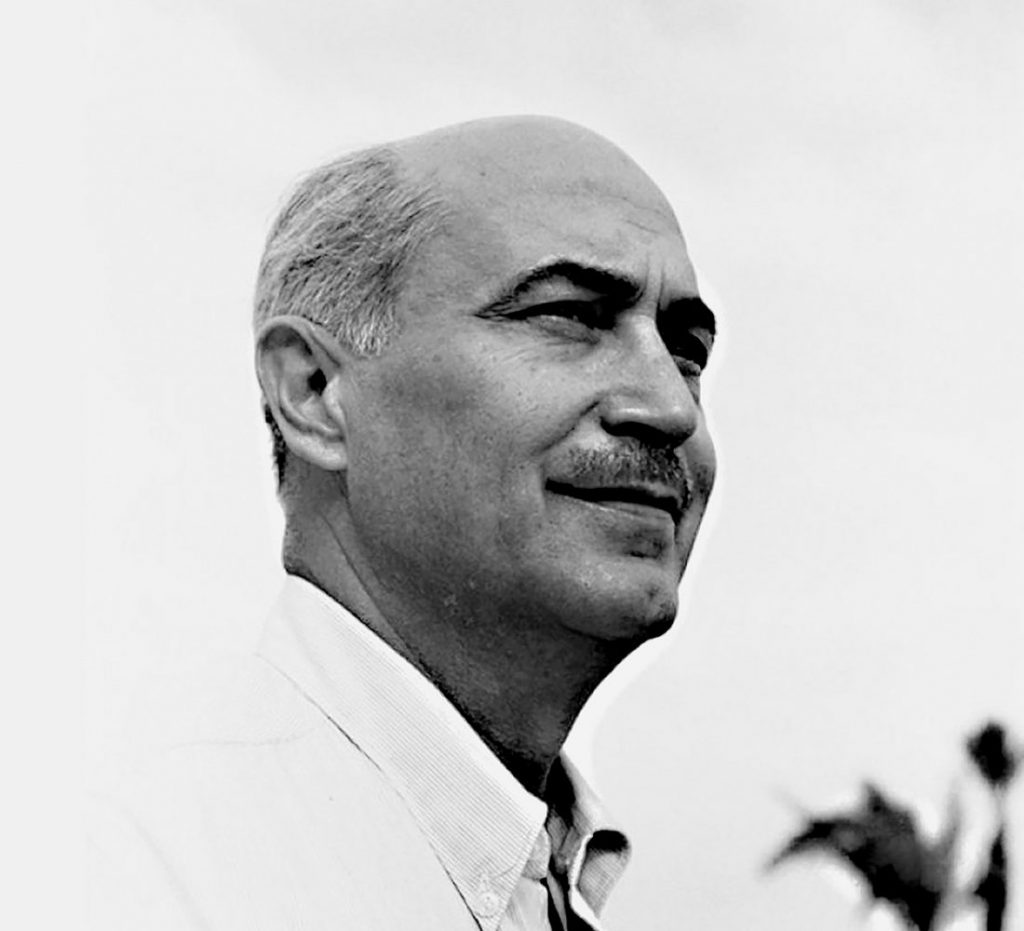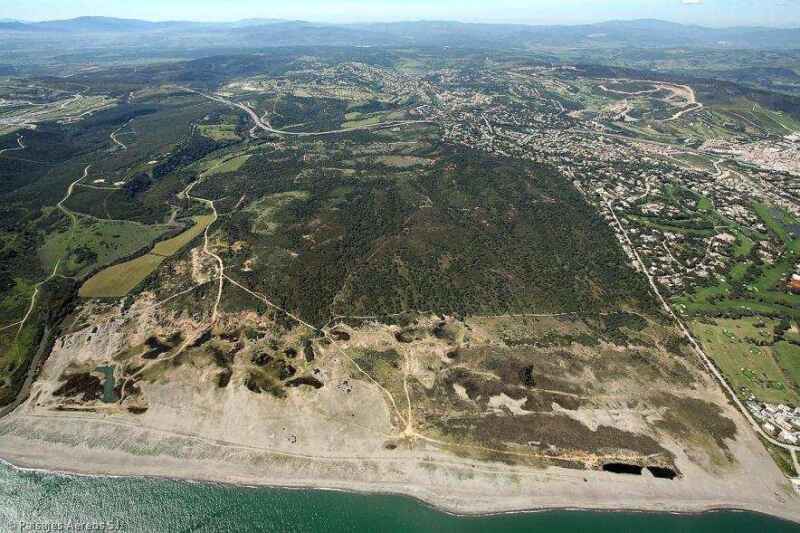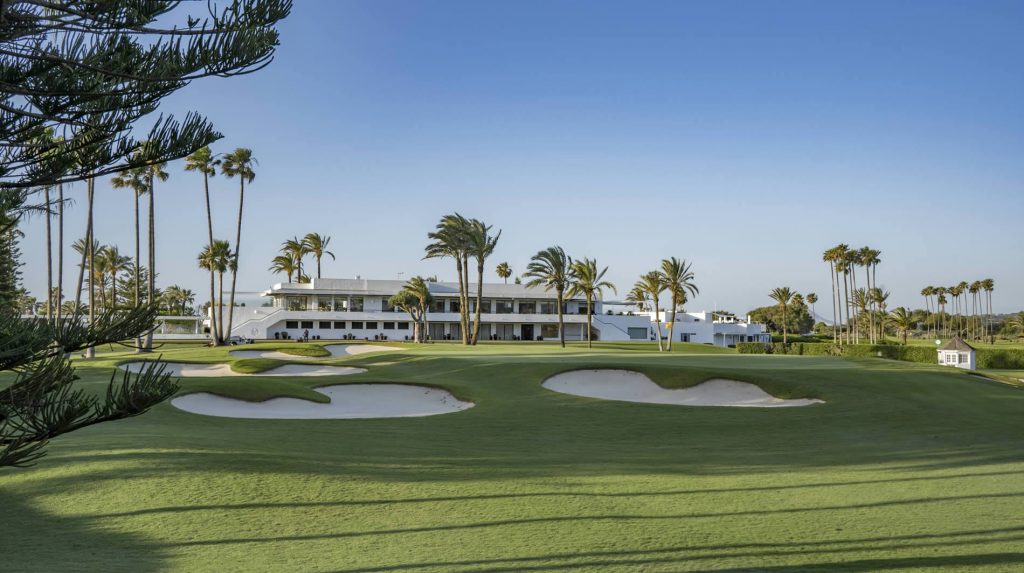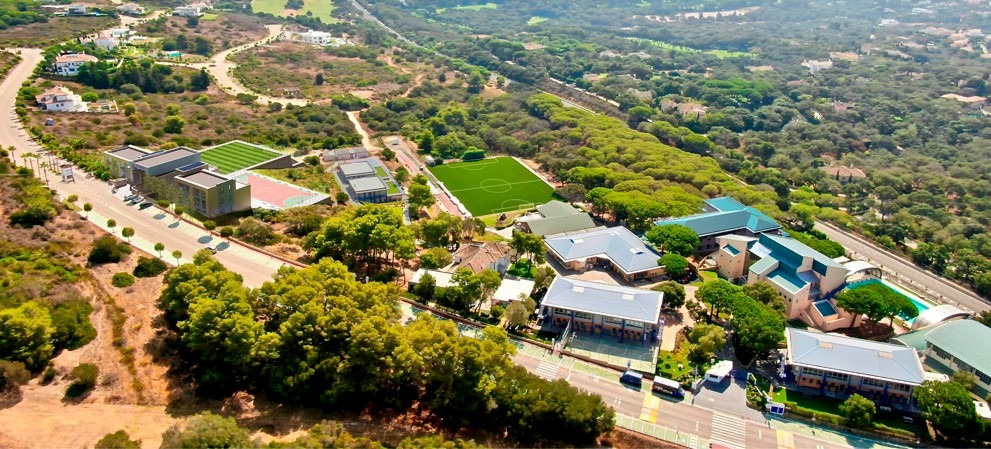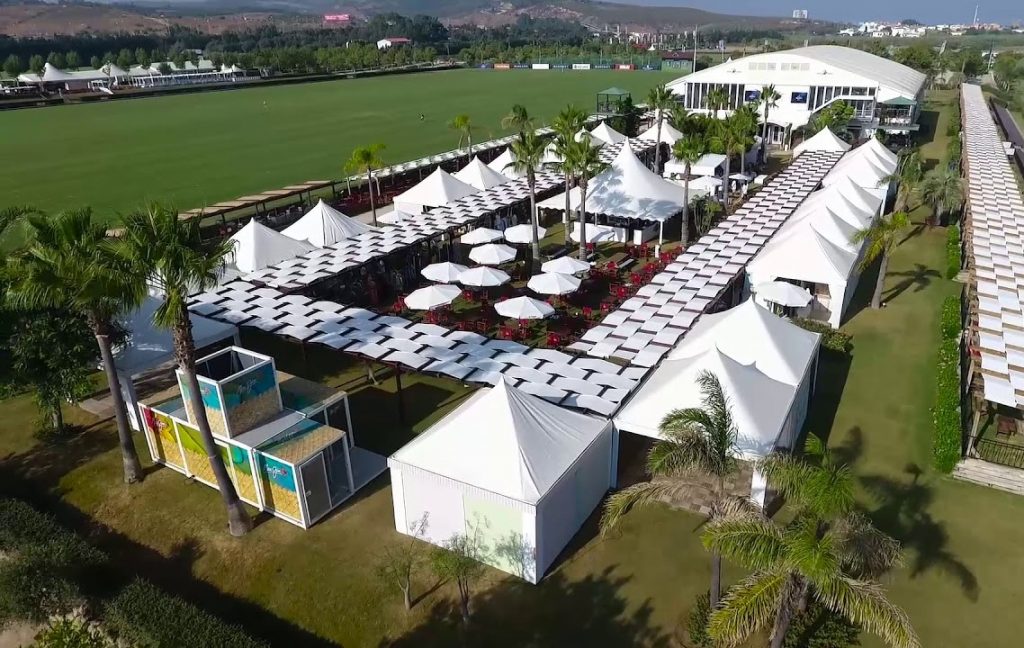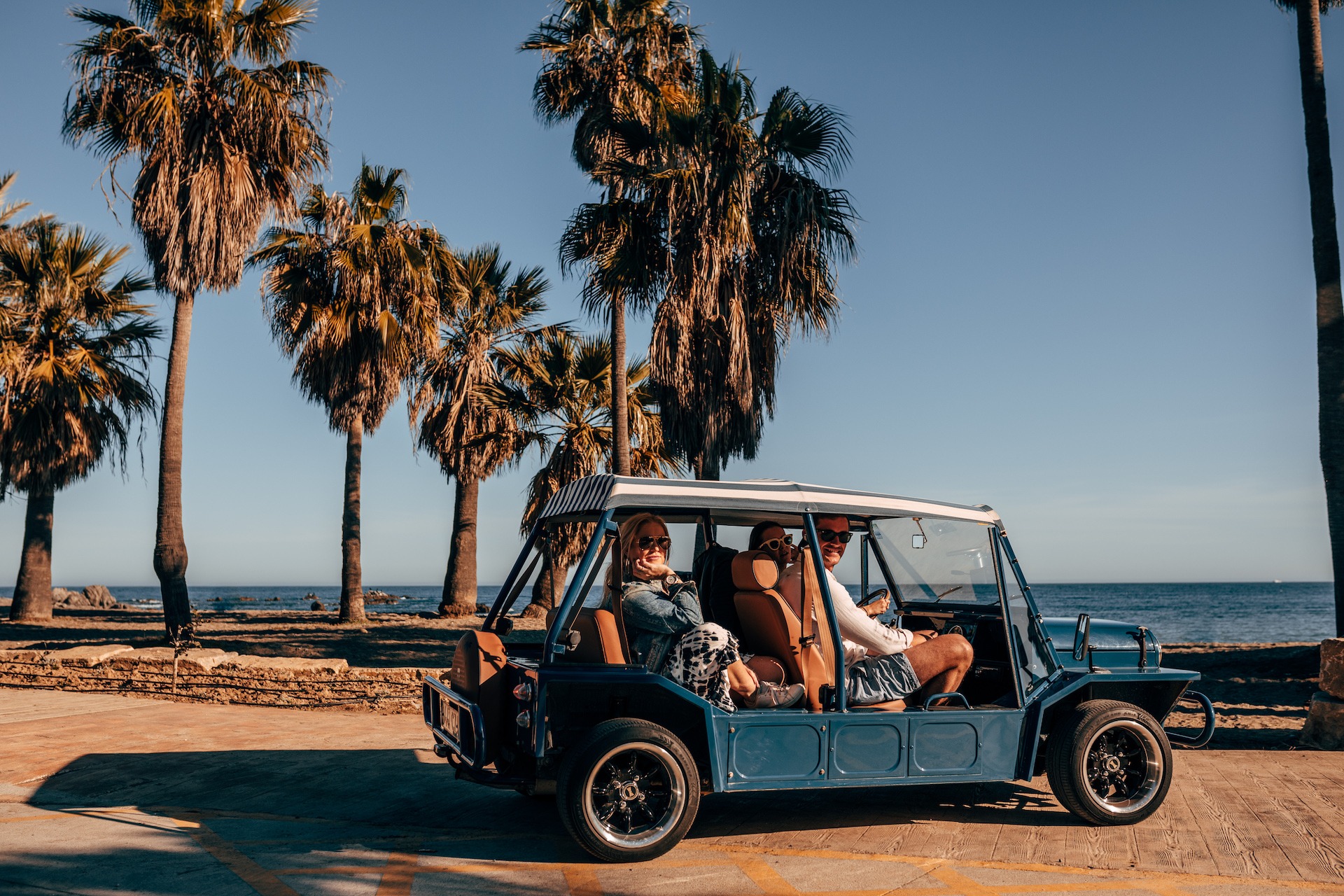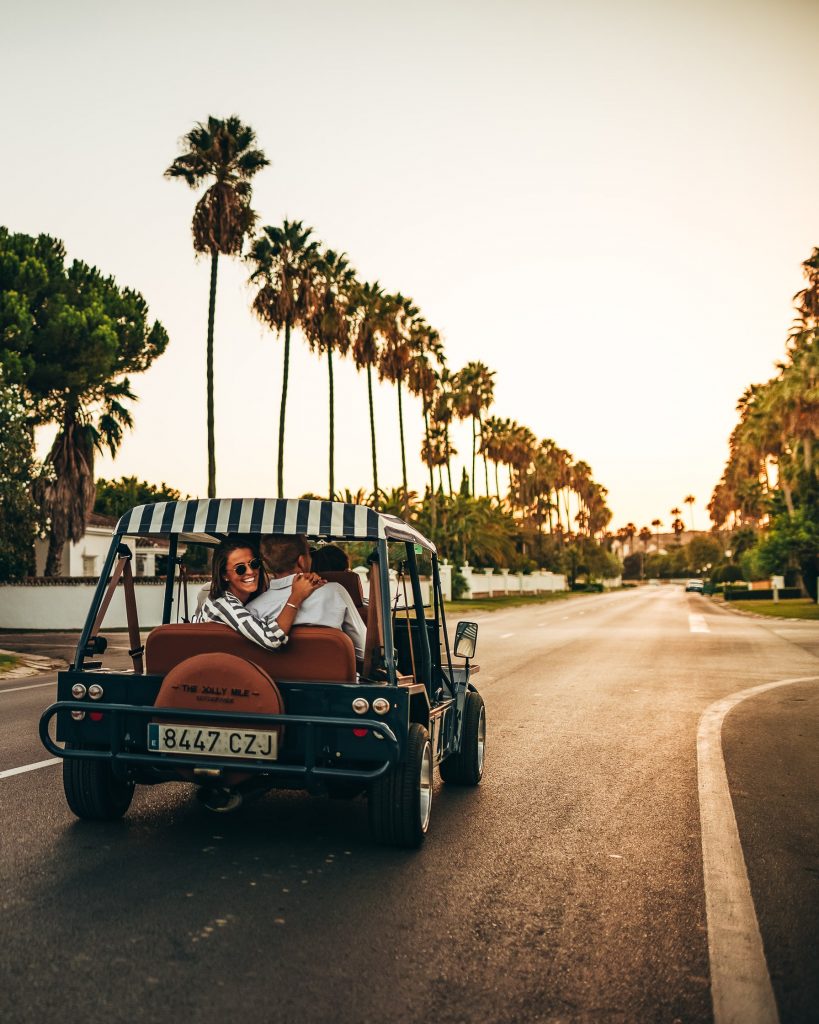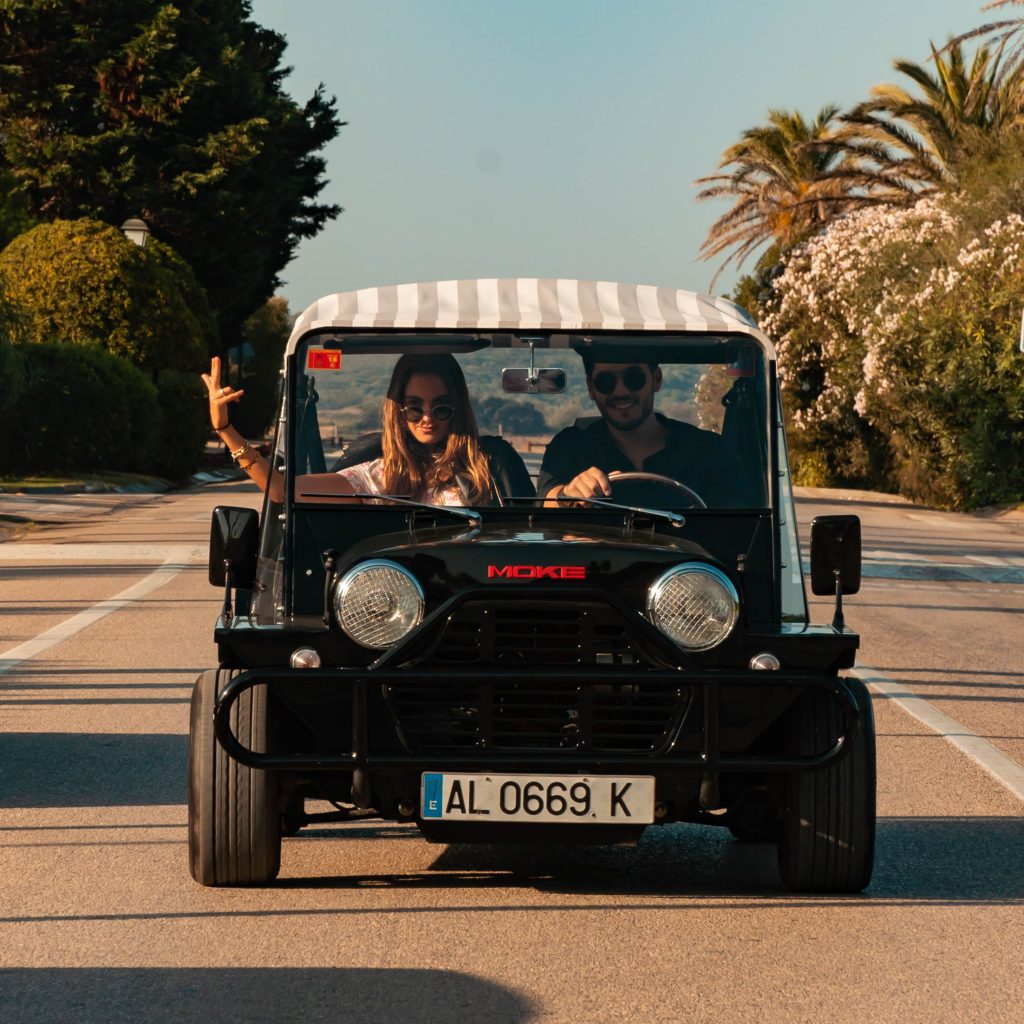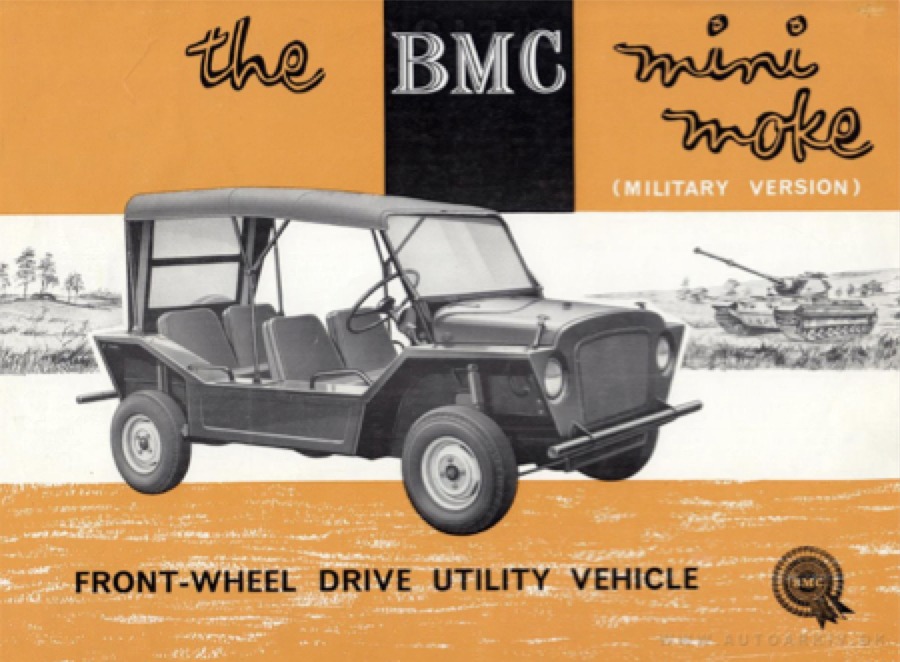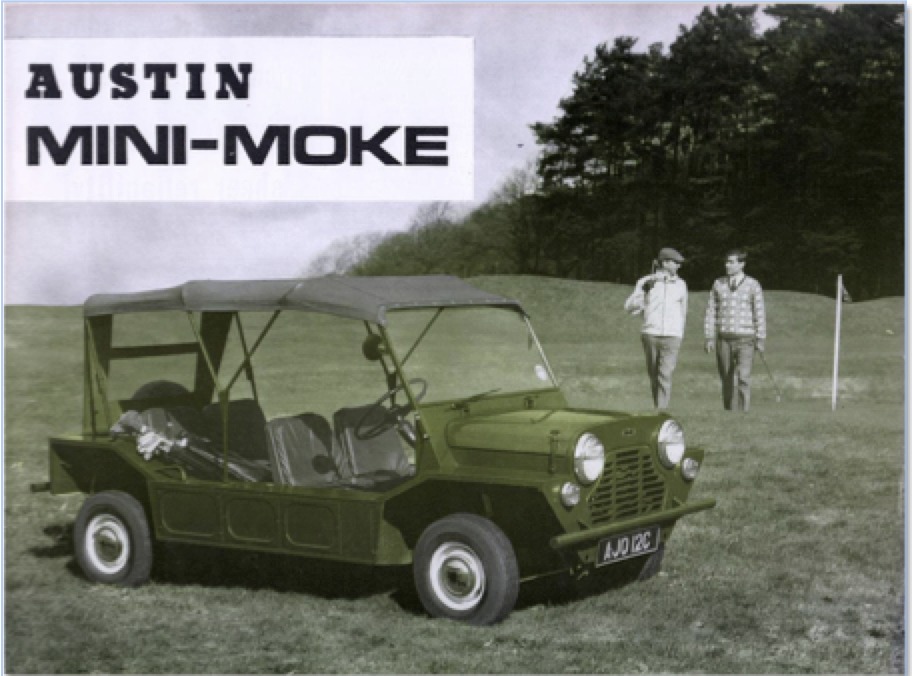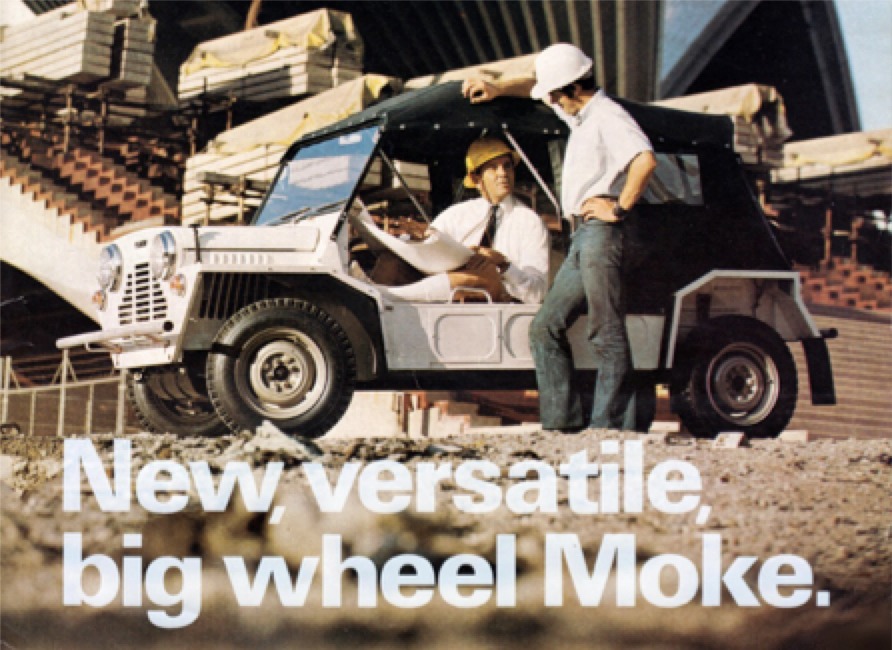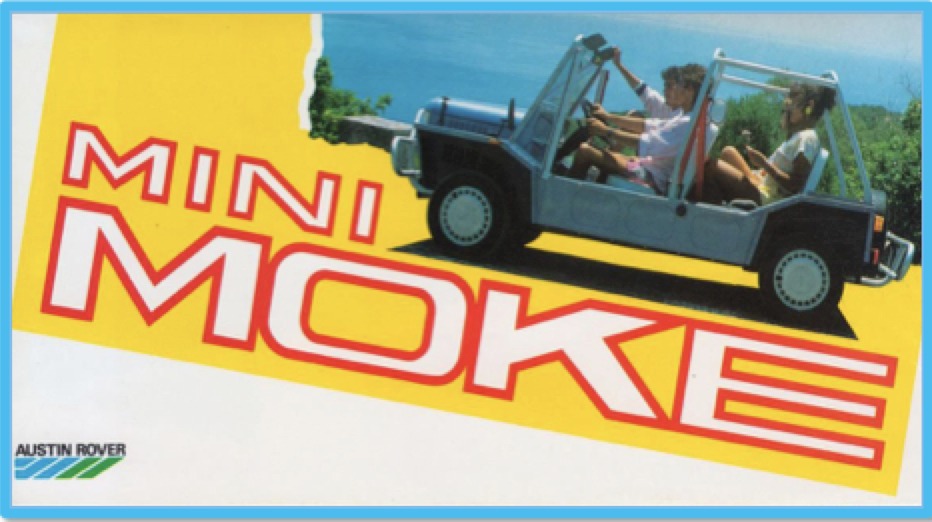Eco Gloria – Our Sustainable Moke Experience
‘In this blog post, I’d like to delve into our sustainable Moke experience known as ‘Eco Gloria’
Eco Gloria is our exciting sustainable experience in partnership with our friends at Finca La Gloria (www.finca-lagloria.com). Finca la Gloria is a permaculture estate boasting an intimate boutique hotel within an intensive agricultural development, where art, crops, and inner wellness, morph into one single philosophical statement.
We exclusively employ our sustainable mokes for this picturesque journey through the countryside from Sotogrande to Jimena. Cruising through hills, enveloped by nature, passing by herds of cattle and grazing horses, one finds a profound sense of tranquility. With the Mokes silently traversing, you can relish the breeze and take pride in minimizing your carbon footprint for the day.
The journey spans about 45 minutes, leading us to our friends’ charming estate nestled in the countryside, Finca La Gloria. Here, they graciously offer a tour of their permaculture farm, showcasing the fruits of their labor and explaining their sustainable techniques.
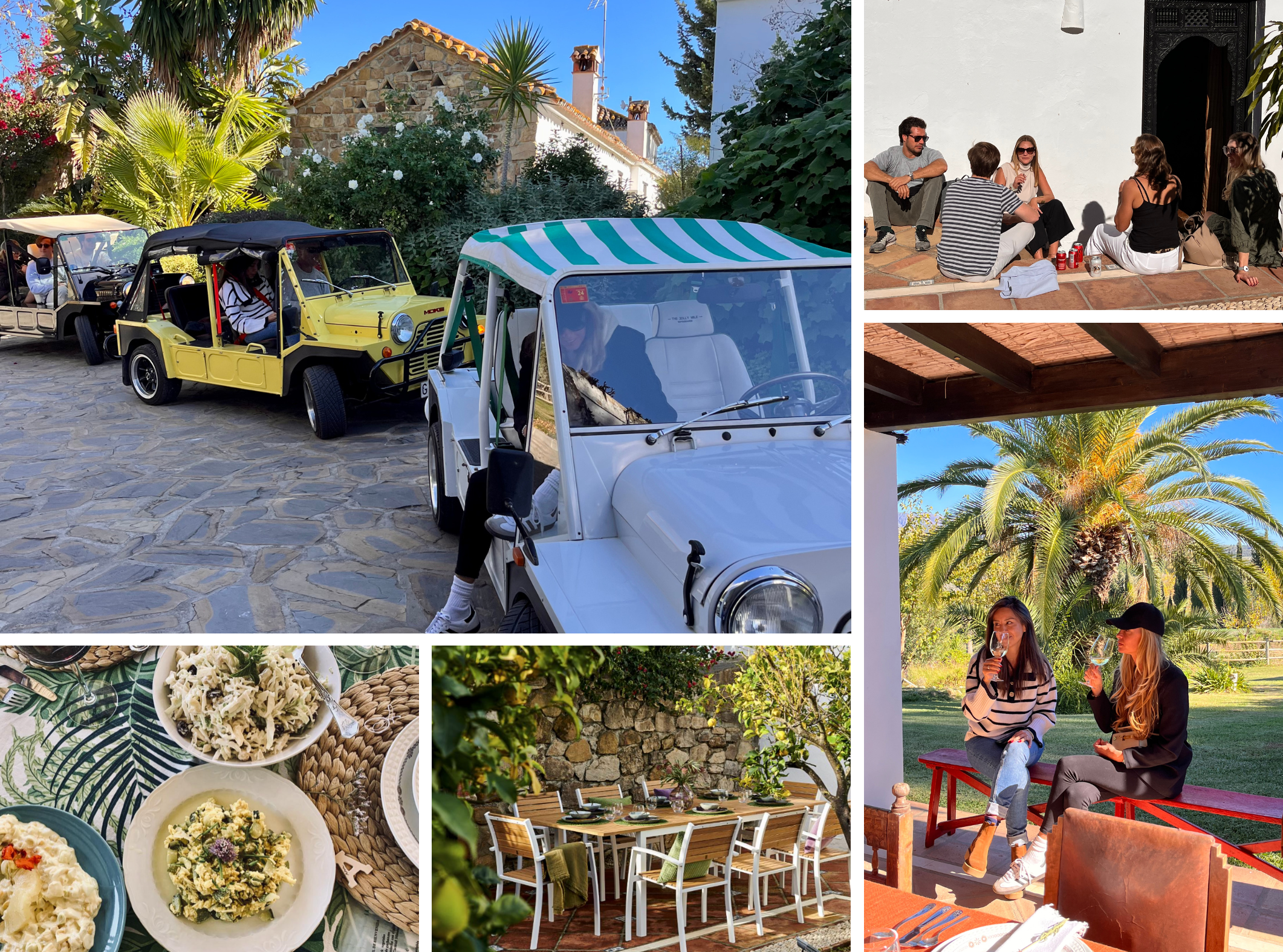
After the farm tour, guests are welcome to enjoy the estate while lunch is prepared. On hot days, guests can cool off in the pool or relax on the terrace. In winter, the cozy living room and fireplace offer warmth, while a game of pool provides entertainment. Guests can savor organic wine as they unwind.
Enjoy a farm-to-fork feast on the terrace, featuring vibrant salads and hearty mains crafted with care, all prepared with the freshest ingredients likely picked from the earth that same day. Afterward, take a moment to unwind or browse through a selection of locally made products, such as honey and preserves, before embarking on the return journey to Sotogrande aboard our electric Mokes. There is also the option of staying the night and enjoying the luxuriously appointed rooms, tastefully designed by its owner and renowned architect, Daniel Fábrega.
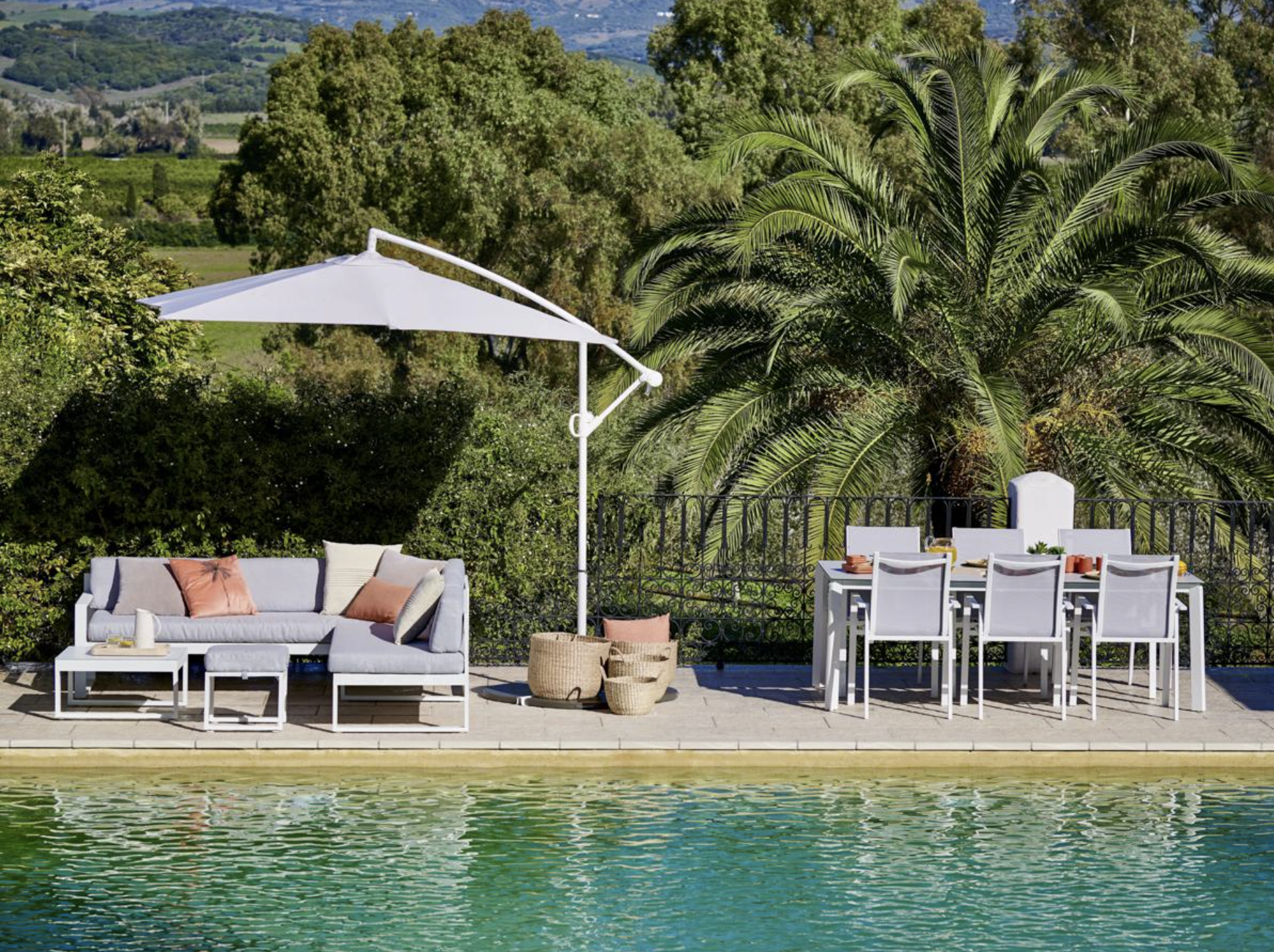
In essence, our ‘Eco Gloria’ sustainable moke experience invites you to embrace the beauty of nature, embark on an eco-conscious adventure, and create lasting memories in the process. Join us as we redefine the notion of exploration, one sustainable mile at a time. Are you ready to ignite your sense of adventure?
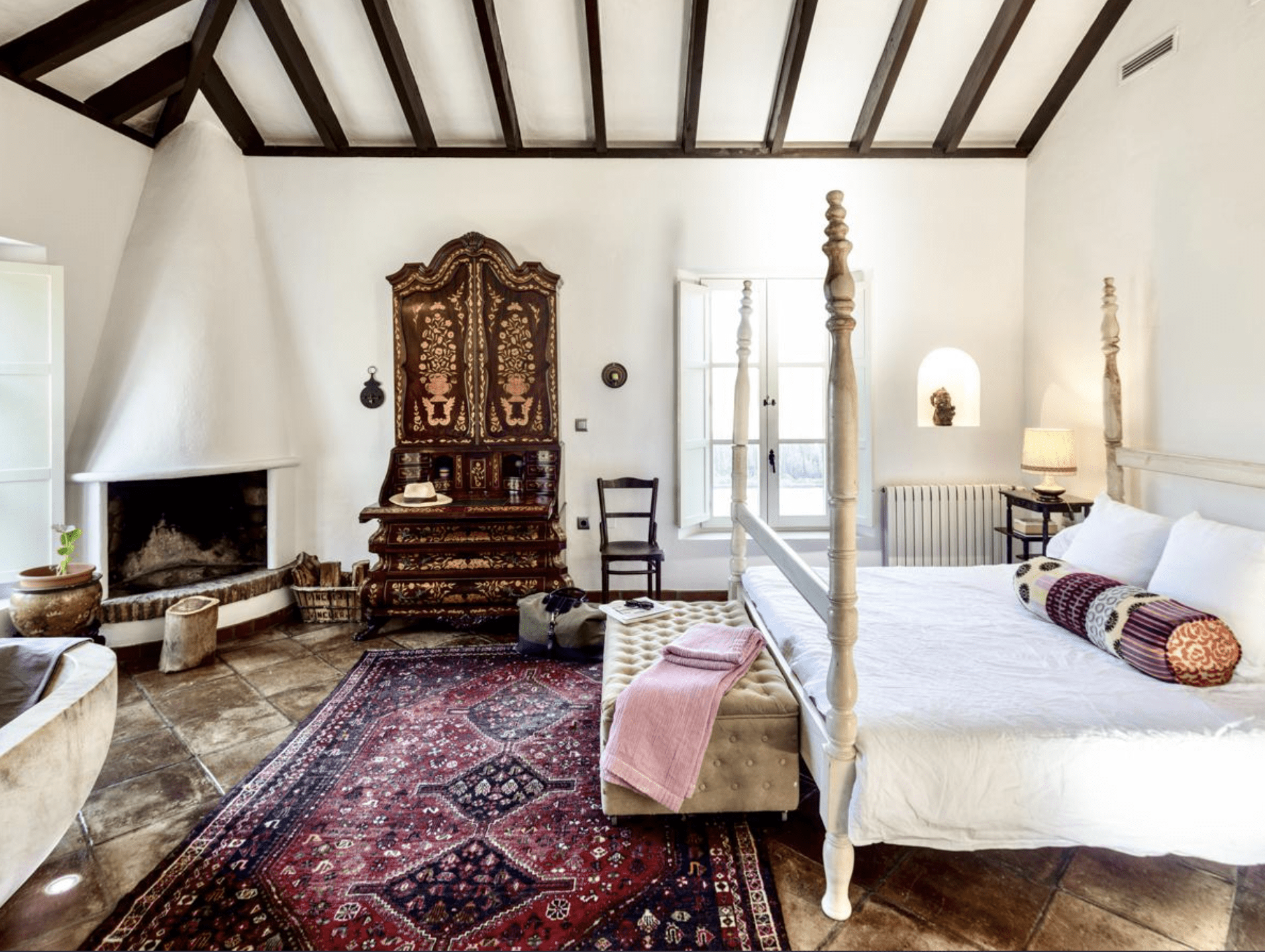
We invite you to watch the video and have a sense of this unique experience.
Contact us for more information and to reserve your Eco-Gloria
Experience
